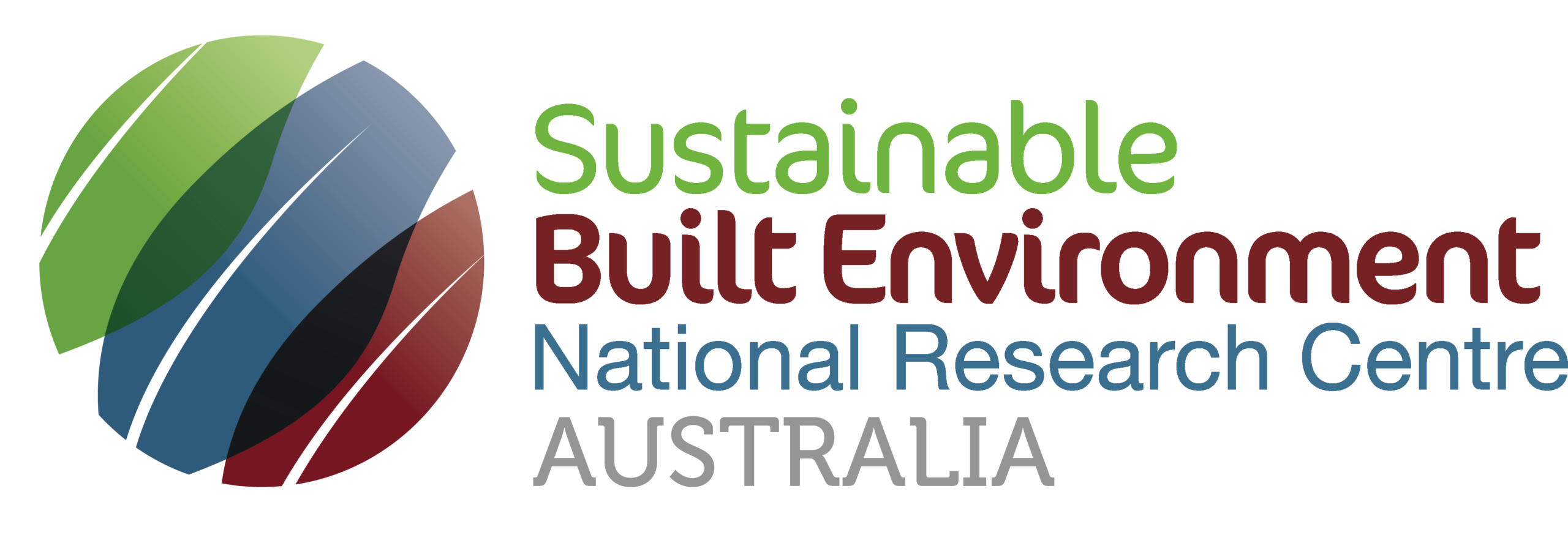 SBEnrc News | April 2020
Current ClimateSBEnrc has adapted quickly to the challenges the world is now facing due to COVID-19. We remain fully operational and are functioning remotely using various digital platforms. Our industry research teams are continuing their work and our industry driven projects are progressing as planned. We are exploring new ways in managing and disseminating information through leading edge technologies. We believe this imperative will ultimately provide us new channels for reaching a wider audience and delivering greater impact now and in the future. Making an impact – 2018–20 ProjectsWe are delighted to share the outcomes from our last round of projects. Industry reports and videos will be available on the relevant project pages. Please keep an eye on these pages throughout April and May.
Announcing New ProjectsThe 2020-21 projects introduced in our December 2019 newsletter have successfully kicked off and are well underway. Follow the links to our website for more detail.Online launch of building energy performance reports Ensuring liveability and accessibility in medium and high density urban housing precincts is critical to maximise investment and minimise future risks to our community. This research will develop a Liveability Framework for Medium to High Density Social and Affordable Housing. The framework will be based on an innovative set of quality standards against investment cost and identify key liveability and accessibility elements. Ultimately, it will provide a tool to help drive adoption of liveability and accessibility outcomes and build the value equation and community understanding to enable industry to better deliver whole-of-life solutions.
Digital engineering in the built environment has been the subject of changing practice and research for some years and is often complicated by inconsistency in data standards from various stakeholders. This project will examine the industry best practices and international standards related to structured and integrated data and develop a practical approach that can efficiently guide industry professionals to structure data by leveraging existing well-established data standards. This will aid the wider adoption and consistent curation of digital information for maintaining and operating assets across the construction supply chain, improving the efficiency of managing community assets, improving the return on investment and ensuring sustainability, resilience and safety.
Road freight vehicles both depend on and impact the transport network, however the reluctance to use innovative technologies and exchange data leads to limited interaction and results in missed opportunities to improve efficiencies. This project will work closely with freight operators and transport network managers to investigate specific opportunities for enhanced collaboration and communication to create mutual benefit.
The second of our transport themed projects, this work will review the efficacy of scenario models and cost benefit ratios used to assess transport and urban form. It will identify how to improve the use of these tools in light of new technologies and approaches that integrate transport and urban form and place greater emphasis on place creation, such as the application of place and movement strategies, healthy streets and neighbourhoods and sustainable urban mobility plans.
This project will develop a national understanding of the operation and capacity of end markets for C&D waste in Australian jurisdictions. A gap analysis will identify the need for new potential end markets and strategies to create these new markets. Improved management of C&D waste will create new opportunities, contributing to new business development, business growth, higher employment and stronger economic conditions as well as critically reducing waste.
There is an increasing community expectation to support sustainable products and practices through the billions spent by government and industry in their commercial operations. More and more, supply chain activities are being scrutinised to meet environmental and social obligations. The challenge to justify procurement decisions remains apparent and tools are needed to assess the sustainability of products over their lifecycle. Difficulties are arising in navigating claims and identifying the products or services that genuinely support sustainable development goals, achieve the targeted outcomes and concurrently represent value-for-money. This research will develop a common definition of sustainable procurement and review if these practices are providing benefits to organisations.
International Network
We are continuing to expand our international connections through like-minded organisations. We are pleased to be exploring the following collaborations with our colleagues around the world. Urban Water Management, RISE (Research Institutes of Sweden) The SBEnrc team from Project 2.64 Unlocking Facility Value through Lifecycle Thinking is exploring opportunities with researchers from RISE. We are seeking a collaboration on the project’s current and future water utility research. TWIN-UP – EU-based Research Project We have signed an Expression of Interest to be part of an EU-based international research project titled TWIN‑UP, which was submitted under the Horizon 2020 call topic: Digital Building Twins. The project is led by LIST (Luxembourg Institute of Science and Technology) and has many European and international partners (e.g. Cardiff University, TNO, VTT, AEC3 and other EU research and industry actors). This collaboration supports the Centre’s mission to expand our international footprint and advance Australia’s presence at international research forums. This connection was made through the Centre’s CIB membership — specifically through Working Group W078–Information Technology for Construction and the CEO’s role as Global CIB President. Pennsylvania Congestion Alleviation Research Professor Peter Newman and Dr Charlie Hargroves from Curtin University Sustainability Policy Institute (CUSP) have secured research funding from the Pottstown Area Health & Wellness Foundation. The funding has been granted to undertake a research module in partnership with the Pennsylvania House of Representatives, University of Pennsylvania and Carnegie Mellon University, USA. The project will use and expand research from SBEnrc projects 1.55 Integrated Cities: Procuring Transport and 1.63 Exploring the Potential for AI and Blockchain to Enhance Transport. The research team will work closely with stakeholders to investigate various congestion relief options. It will consider the potential of technology, planning and finance options to improve travel time, plus economic and wellness outcomes for application in Pennsylvania.
Beyond 2020, World Sustainable Built Environment Conference, Sustainable Cities and Communities, 9-11 June 2020, Gothenburg, Sweden CIB International Conference on Smart Built Environments 14–16 December 2020 Building and Construction Authority (BCA) International Built Environment Conference, 1-14 September 2020, Singapore CIB World Building Congress hosted by SBEnrc core member RMIT Melbourne, 27-30 June 2022, Melbourne, Australia From the CEODuring such challenging times, it is easy to be overwhelmed with all that is going on in relation to the current global pandemic, but it is well worth reflecting on some positive achievements. The Centre would like to extend our congratulations to the SmartCrete CRC for their success in the latest Australian Government CRC funding round. SBEnrc is an influential player in helping to facilitate and drive future industry research for our partners through this collaboration. We facilitated four Australian Research Council (ARC) Linkage applications in 2019 with results expected around June 2020. ARC Linkage funding helps us to further drive industry research for our partners. In that context we continue to build on our partner investments through a broader range of national and international funding. In January, SBEnrc partnered with the Australian Department of the Environment and Energy to launch our Closing the Gap between Design and Reality of Building Energy Performance Industry Report. In parallel, we also launched an international report produced by the Department – Building Energy Performance Gap Issues: An International Review. The webinar was held on 23 January 2020 and consisted of a summary presentation of each report and a panel discussion. This virtual event was in line with our national collaboration goals for partnering with national industry and research groups to disseminate research outcomes. My good health wishes to you and those special to you, Keith Dr Keith Hampson, Chief Executive Officer
Sustainable Built Environment National Research Centre Curtin University, Perth, Western Australia Our challenge is to continue growing the value and impact of our applied research more deeply and broadly across Australia. The Sustainable Built Environment National Research Centre (SBEnrc) is acknowledged as an excellent example of a CRC that has graduated into an independent organisation delivering unique industry, government and research collaboration. |
|

Resources
Industry Research
Western Australia (Head Office)
Sustainable Built Environment National Research Centre (SBEnrc)
Humanities Building 209 – Curtin University,
Bentley WA 6102
Queensland
The University of Queensland,
St Lucia, Brisbane
QLD 4072
New South Wales
Western Sydney University
Kingswood Campus
Penrith, Western Sydney
NSW 2751
Victoria
RMIT University
124 La Trobe St
Melbourne VIC 3000
















